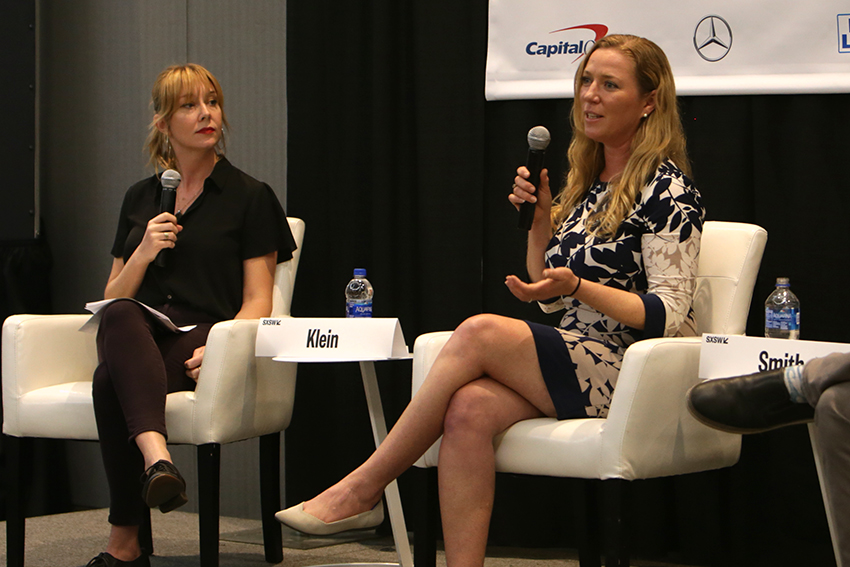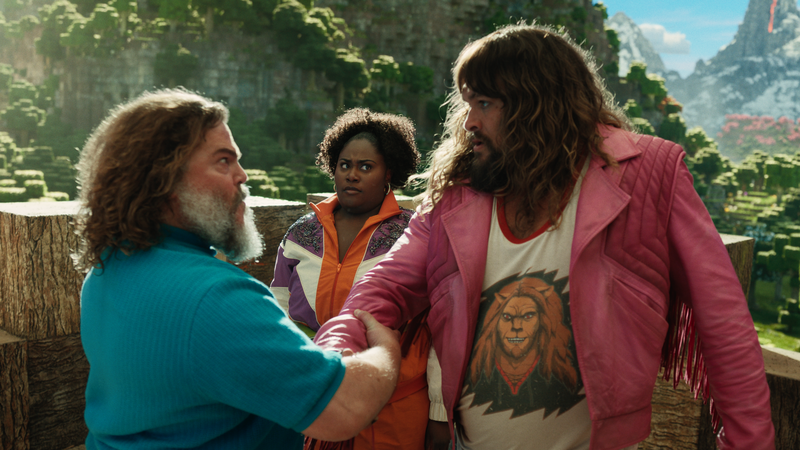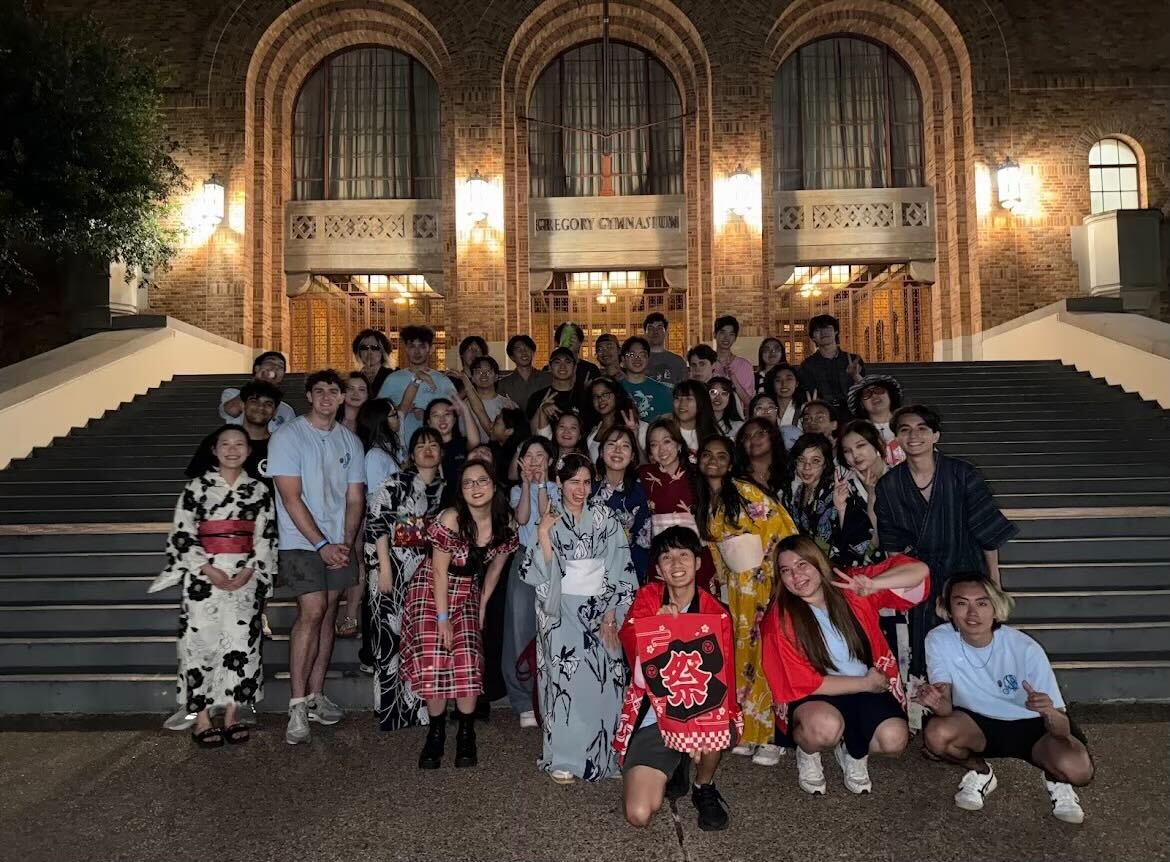In 2016, approximately 90% of coral reefs in the Great Barrier Reef sustained damage in a bleaching event primarily caused by higher temperatures due to global warming. When the story broke, headlines circulated on social media claiming “the great barrier reef is dead”, and a storm of negativity followed. But according to scientists and innovators, all hope is not lost.
This week at SXSW, New York Times reporter Joanna Klein spoke with reef expert Jennifer Smith of the Scripps Institution of Oceanography at UC San Diego, as well as Zackery Rago, a researcher at Exposure Labs and featured on the documentary, “Chasing Coral.” Rather than giving up, science indicates the reefs could make a comeback and technology, especially virtual reality, can help spread the word.
“The tech is literally giving the reef a voice,” Rago said. “The ocean is something that's hard to have in your everyday life unless you live right there, and even people that do might not get it. If you can show them what they have or what those places are like, you can cultivate that inspiration to care about it.”
Because bleaching events and reef mortality happen so quickly, it’s easier for the general public to follow than regrowth, which takes time. Through digital mapping and 3D renderings of coral reefs, the reality of what is happening in the ecosystem below the ocean’s surface can be shared without having to take a dive down.
“You’re not getting the entire experience, you can’t match being weightless, but what you can do is get [people] excited about the natural world,” Rago said. “I do think VR is going to be a huge role player [in the future of coral reefs], particularly in education.”
Teaching local communities about the reefs is often an important factor to the community’s and the reefs survival. While rising temperatures are the primary cause of reef bleaching, local factors like overfishing and pollution can make enable harmful algae grow and cause bleaching.
“By managing these local stressors, we can actually help our reefs stay healthy and help them be able to weather storms like thermal bleaching events in the future,” Smith said. “It is really important to think about climate change, but local disturbances like fishing and pollution, coastal development, deforestation. All of these things can affect coral reefs at a local level.”
The 100 Island Challenge is a project created with local communities around the world to measure the needs and changes of individual reefs. Smith said that the project allows people to see reefs from their living room and inspires locals to become personally invested in their reef.
“We’re working with local partners at all the sites around the world that we work at to try to bring this tech into their hands to ultimately give it to the people that live and depend on their reefs for their livelihood,” Smith said. “It’s been really effective so far.”
For Klein, reporting on reefs is not all the doom and gloom she initially thought it was, and may actually be more important than ever.
“I used to not want to cover coral reefs because it was the same sad story over and over again,” Klein said. “As it turns out the story isn’t really so sad.”





















